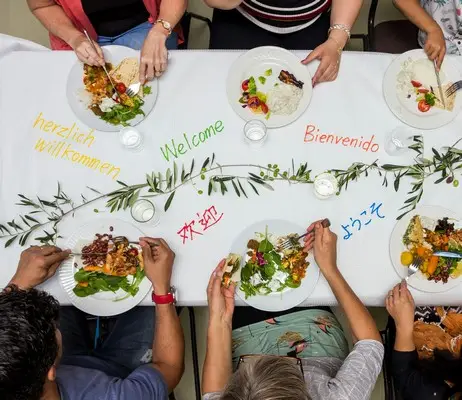Table of Contents
- Traditional Family Structures in the UK
- Rising Divorce Rates and Their Impact on Family Structures
- Remarriage and the Growth of Reconstituted Families
- Changing Attitudes Toward Non-Traditional Family Forms
- The Influence of Feminism on Family Structures
- Conclusion: Family Diversity in the 21st Century
The study of family structures is a core topic in A-level Sociology, as it provides insights into how social changes impact one of the most fundamental units in society. Over the past several decades, family structures in the UK have undergone significant transformation. These changes reflect broader social, economic, and legal shifts, challenging traditional notions of what constitutes a ‘typical’ family. Factors such as rising divorce rates, increased remarriage, and evolving societal attitudes toward non-traditional family forms have all contributed to the diversity seen in contemporary family life. Understanding these changes is essential for students of sociology, as they highlight the complex interplay between family life and societal trends.
Traditional Family Structures in the UK
Historically, the nuclear family has been considered the dominant family structure in the UK. This type of family, consisting of two married parents and their biological children, was viewed as the societal ideal, particularly during the post-war period of the 1950s and 1960s. The nuclear family was often depicted as stable, harmonious, and economically secure. Sociologists like Talcott Parsons emphasised the role of the nuclear family in the socialisation of children and the stabilisation of adult personalities. According to Parsons, the nuclear family was best suited to meet the needs of an industrial society by providing emotional support and a clear division of labour, with the father as the breadwinner and the mother as the caregiver.
However, this idealised vision of the family did not reflect the reality for all families in the UK. Even during periods when the nuclear family was dominant, other family structures existed, including extended families and lone parent families. Nevertheless, the nuclear family was widely regarded as the norm, and deviations from this model were often stigmatised or viewed as problematic. Over time, this perception has changed, and the nuclear family no longer holds the same central position in UK society.
Rising Divorce Rates and Their Impact on Family Structures
One of the most significant changes in UK family structures has been the dramatic rise in divorce rates since the 1960s. Prior to this period, divorce was relatively rare and often carried a social stigma. The introduction of the Divorce Reform Act of 1969, which allowed couples to divorce on the grounds of irretrievable breakdown without assigning blame to either party, marked a turning point. This legal change, combined with shifting social attitudes toward marriage and divorce, led to a significant increase in the number of divorces.
By the 1970s and 1980s, divorce had become more socially acceptable, and the nuclear family model began to decline as more marriages ended in separation. This rise in divorce rates contributed to the growth of lone parent families, particularly in the 1980s and 1990s. Single mothers, in particular, became a more common family form as divorce and separation became more prevalent. For A-level sociology students, it is important to understand how the rise in divorce challenged traditional family structures and led to increased family diversity.
In addition to lone parent families, the rise in divorce also contributed to the increase in reconstituted families. These are families in which one or both partners bring children from a previous relationship into a new marriage or partnership. Reconstituted families, also known as blended families, became more common as individuals who had experienced divorce entered new relationships. These families often face unique challenges, such as integrating children from different backgrounds and managing complex relationships between stepparents, stepchildren, and biological parents.
Remarriage and the Growth of Reconstituted Families
Remarriage has played a crucial role in reshaping family structures in the UK. As divorce rates increased, so did the number of individuals entering into second or even third marriages. This phenomenon led to the growth of reconstituted families, in which children from previous relationships are brought into new family units. Unlike traditional nuclear families, reconstituted families often include complex dynamics, such as step-parenting and half-sibling relationships.
The challenges faced by reconstituted families are significant. Stepparents may struggle to establish authority or bond with stepchildren, while children may have difficulty adjusting to new family members or changes in their living arrangements. Moreover, reconstituted families often involve ongoing relationships with non-resident biological parents, creating a complex network of familial ties. Sociologists studying reconstituted families have noted that these family structures often require greater negotiation and adaptation compared to nuclear families.
From a sociological perspective, the growth of reconstituted families challenges the idea that the nuclear family is the optimal family form. While reconstituted families may face difficulties, they also demonstrate the resilience and adaptability of family life in the face of changing social conditions. For A-level sociology students, reconstituted families provide an opportunity to explore how family life can be shaped by broader social and legal changes, such as the rise in divorce and the increasing acceptance of remarriage.
Changing Attitudes Toward Non-Traditional Family Forms
Get the full article AD FREE. Join now for full access to all premium articles.
View Plans & Subscribe Already a member? Log in.





